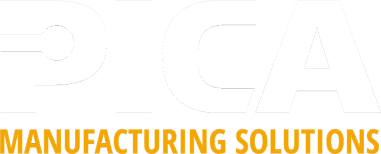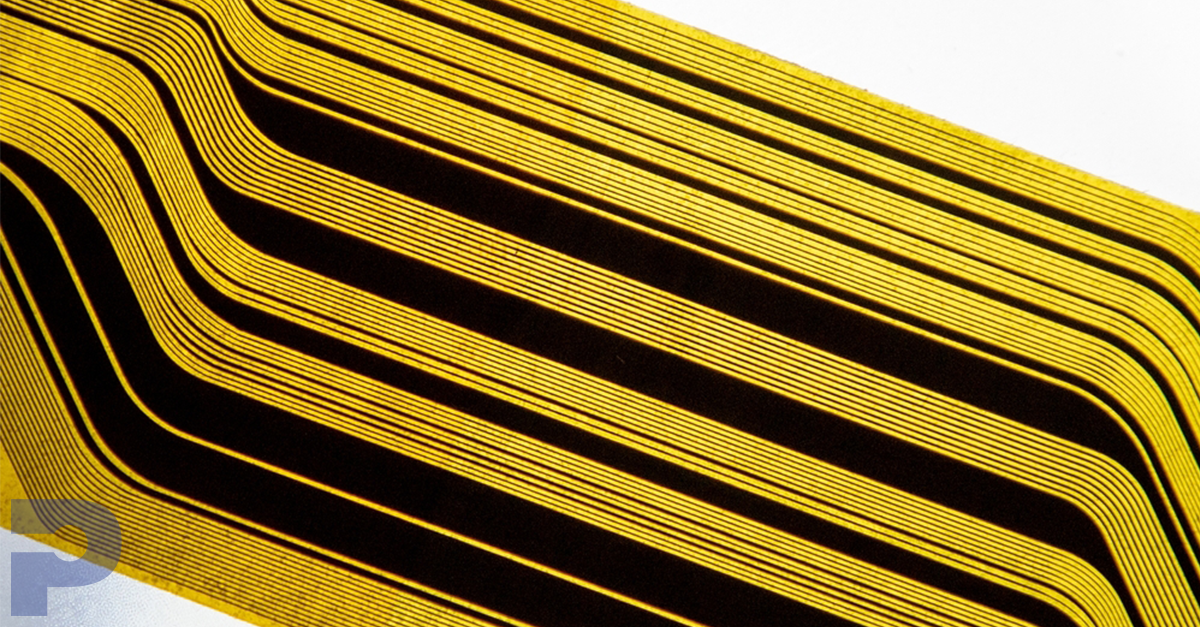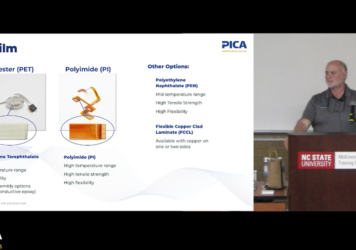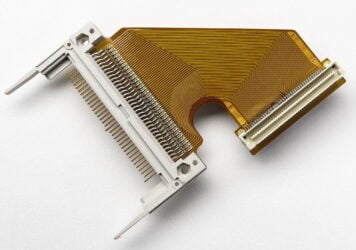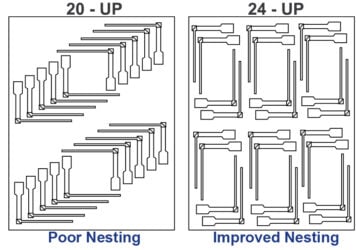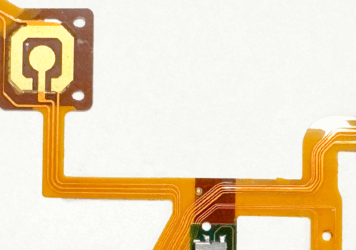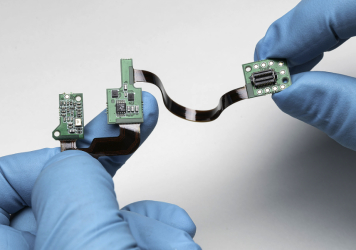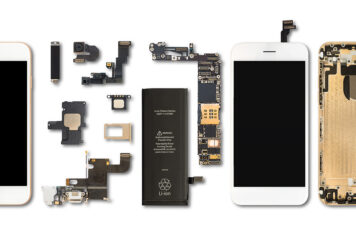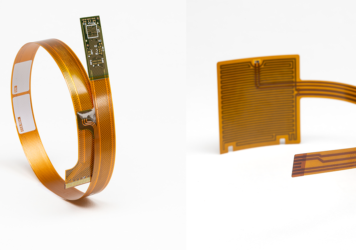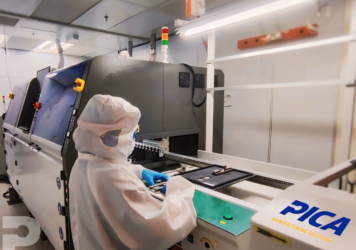Building Ultra-Thin Flexible Circuits: Part 1 – Conductor
FlexPros2025-07-24T14:21:51+00:00One of our key customers approached PICA with the challenge of manufacturing ultra-thin flexible circuits. A critical component of this technology is the conductor, typically made from copper. Traditional methods, such as copper cladding with adhesive layers, are insufficient for the thinner profiles demanded by our customer. To meet this challenge, we turned to adhesiveless materials, which enable thinner, high-performance conductors.
We’ve evaluated multiple adhesiveless technologies to determine the best fit for ultra-thin flexible circuits. After extensive research and testing, we selected the synthesized thermoplastic polyimide (TPI).
The synthesized thermoplastic polyimide (TPI) precursor is a high-performance polymer designed for demanding applications. In this process, the TPI precursor is carefully prepared and coated as a thin layer on both sides of a specially treated polyimide (PI) base film. The coating ensures uniform application and strong adhesion. Following this, the material undergoes thermal imidization, a heat-based transformation process that converts the TPI precursor into its final durable form. This results in a Cu/TPI/PI multilayer film with excellent mechanical stability, thermal resistance, and precise thickness control, ideal for creating ultra-thin flexible circuits. The advantages of this approach include:
Thermal and Chemical Resistance: The adhesiveless bond ensures high performance even in extreme environments, making it ideal for demanding applications like telecommunications and aerospace.
Dimensional Precision: Direct casting provides unparalleled control over polyimide thickness, supporting high-frequency signal integrity and other critical requirements.
Enhanced Durability: The elimination of adhesive layers improves the stability and longevity of the circuits, ensuring reliability over time.
By adopting TPI, PICA has ensured that our ultra-thin flexible circuits meet the highest performance standards while addressing the challenges of miniaturization and complexity.
Want to read part two of this blog?
Click the link below to read Ultra-Thin Flexible Circuits: Overcoming Challenges in Dielectric Substrate.
Imaging: Laser Direct Imaging (LDI)
To create the circuit pattern, PICA selected Laser Direct Imaging (LDI). LDI uses a focused laser beam to define the circuit layout directly onto a photoresist layer on the substrate. This technology provides exceptional accuracy and resolution, allowing for the intricate patterns required in modern flexible circuits.
Copper Etching: Overcoming Handling Challenges
Etching away excess copper to reveal the circuit pattern is a critical step. Handling ultra-thin flexible panels during this process presents unique challenges. Scratches, wrinkles, or other damage can compromise the integrity of the circuit. To address this, PICA developed special conveyor systems designed to gently support and transport the panels during etching. These systems ensure the panels remain flat and undamaged, preserving their quality and performance.
Exploring Additive Technologies: Inkjet-Printed Conductive Inks
In addition to traditional subtractive processes like etching, PICA has been exploring additive technologies. These approaches eliminate the need to etch copper entirely, instead relying on inkjet printing of highly conductive inks directly onto the film.
- Conductive Inks: These inks are composed of materials such as silver nanowires or silver nanoparticles, which offer high conductivity and excellent adhesion to flexible substrates.
- Inkjet Printing Process: The conductive ink is precisely deposited onto the film in the desired pattern using inkjet technology. The process is performed in a roll-to-roll method, which allows continuous production and minimizes handling challenges. This approach is especially advantageous for ultra-thin circuits, as it reduces waste and avoids the stresses associated with traditional etching methods.
Additive technologies represent a promising frontier for producing thinner, more efficient flexible circuits while reducing material usage and environmental impact.
Conclusion
PICA continues to explore and evaluate cutting-edge technologies to meet the demands of ultra-thin flexible circuit manufacturing. From advancements in adhesiveless materials and precision imaging to innovative additive processes like inkjet-printed conductive inks, we are committed to staying at the forefront of the industry.
Stay tuned for Part 2, where we’ll dive into the challenges and solutions related to substrates in ultra-thin flexible circuits.
